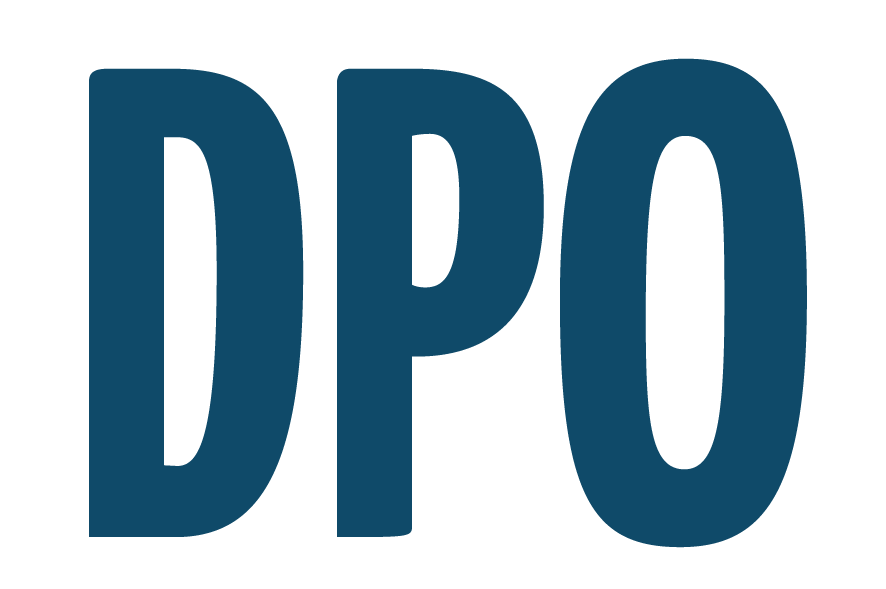From Purchase Order to Expense Report: How Integrated Automation Transforms Financial Operations
- Bogdan Büchner
- 16 hours ago
- 2 min read
In many organizations, the procurement and finance processes still run in silos. Purchase orders are managed in one system, invoices in another, and expense claims in yet another. The result? Gaps in visibility, manual work, and lost time spent reconciling data instead of driving business value.
A truly efficient finance operation, however, connects purchase order management, invoice automation, and expense reporting into one seamless workflow. Here’s how this holistic approach transforms the way teams control spend, ensure compliance, and accelerate closing cycles.

1. Digital Purchase Orders: The Foundation of Spend Control
The process starts with the purchase order (PO). A digital PO system like Digital Purchase Order (DPO) centralizes requests, approvals, and documentation — before any money is spent.With predefined approval hierarchies and budget limits, teams gain real-time control over commitments. This proactive visibility prevents overspending and enables finance leaders to forecast cash flow more accurately.
2. Invoice Automation: From Matching to Approval
Once an order is placed, the next challenge is managing incoming invoices. Manual matching between POs, goods receipts, and invoices can be time-consuming and error-prone.By integrating invoice automation, finance teams can automatically capture invoice data, match it against approved POs, and trigger predefined approval workflows.This not only speeds up payment cycles but also eliminates duplicate or unauthorized payments — strengthening internal controls and compliance.
3. Expense Management: The Missing Piece in a Unified Workflow
Even with automated purchasing and invoicing, many companies still handle expense claims through spreadsheets or disconnected tools.Integrating expense reporting into the same digital ecosystem closes the loop. Employees can submit receipts instantly, managers can approve them on the go, and finance gains a consolidated overview of all organizational spend — whether it originates from a PO, an invoice, or a corporate card.
4. The Power of End-to-End Visibility
Connecting these three elements — PO management, invoice automation, and expense reporting — unlocks a level of transparency that spreadsheets simply can’t match.Real-time dashboards help finance and procurement teams track budgets, monitor accruals, and analyze trends. Data no longer lives in silos, making it easier to identify saving opportunities, strengthen supplier relationships, and streamline audits.
5. A Scalable Future for Finance Teams
In a world of increasing financial complexity, automation is no longer a luxury — it’s a necessity.An integrated Procure-to-Pay approach allows organizations to scale without adding administrative overhead. It empowers finance teams to focus less on data entry and more on strategy, insights, and value creation.
DPO stands at the center of this evolution — bridging the gap between procurement, accounts payable, and expense management to deliver a fully connected financial workflow.
The future of finance isn’t about automating isolated tasks — it’s about connecting every step of the purchasing journey. From PO to payment, automation brings visibility, compliance, and control across your entire organization.
